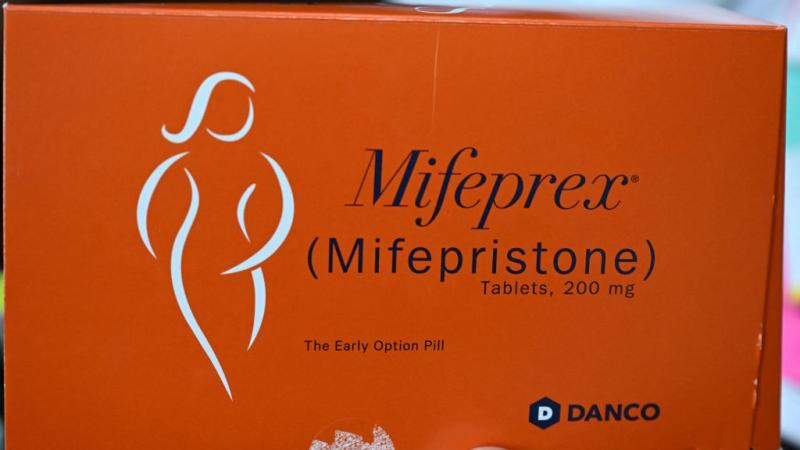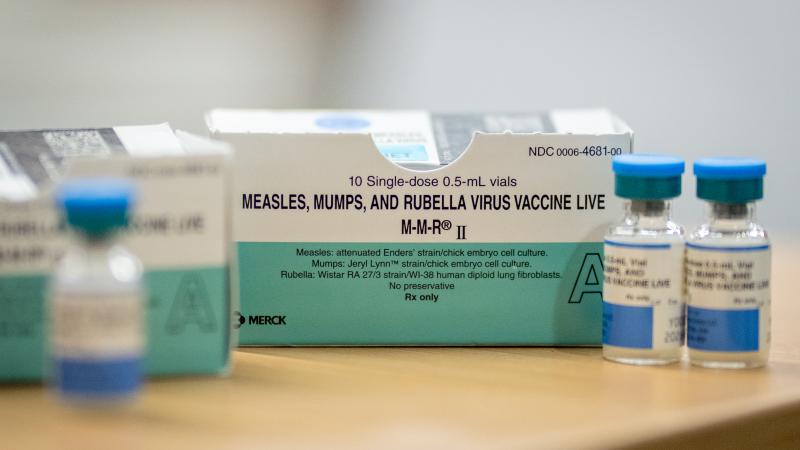Trump Agriculture Department funds Farm-to-School program at historic levels
The funding injection helps increase access to non-processed foods free from chemicals and helps children learn more about farming and agriculture.
The United States Department of Agriculture (USDA) is planning on providing an additional $18 million in grants to schools who want to participate in the Patrick Leahy Farm to School Grant Program, nearly 20% of the entire funding allotted over the 12-year life of the program.
The Patrick Leahy Farm to School Grant Program, managed by the USDA's Food and Nutrition Service, promotes the inclusion of local foods, agricultural education, and nutrition-focused activities in schools across the country. Since its inception in 2013, it has distributed $100 million to support over 1,275 initiatives, increasing students' access to fresh, local produce while building ties to regional agriculture.
Child nutrition, community food networks
Aligning with the Make America Healthy Again's (MAHA) efforts to move away from processed foods, the program funds efforts such as school gardens, farm field trips, and local food sourcing to enhance child nutrition and bolster community food networks.
The program also incorporates education in food safety, summer programs, and farm-to-school initiatives in tribal communities. The USDA's Wednesday announcement confirms that the 2026 investment represents the “largest total amount” the department has offered in a single year.
On Tuesday, Health and Human Services (HHS) Secretary Robert F. Kennedy Jr. released over 100 recommendations in his "Make Our Children Healthy Again" strategy report. The report addresses some of the most pressing health issues facing children in the United States, such as poor diet, chemical exposure, lack of physical activity and chronic stress, and overmedicalization.
Roughly 60% of the typical U.S. diet is made up of ultra-processed foods, packed with added sugars, salt, and unhealthy fats, fueling obesity and chronic illnesses. Research indicates a global rise in ultra-processed food consumption by 5-10% over the last 20 years, especially in low- and middle-income nations. These nutrient-poor foods contribute to nearly 90% of added sugar consumption in the U.S., increasing risks of diabetes and cardiovascular issues.
One in five American kids suffer from obesity
In the United States, the CDC reports that approximately one in five children and adolescents aged 2 to 19 years—equating to about 14.7 million individuals—suffer from obesity, with prevalence rates reaching 19.7% overall based on data from 2017 to 2020, and showing higher rates among adolescents at 22.2%.
This contributes significantly to chronic diseases, as childhood obesity triples the risk of developing type 2 diabetes, hypertension, cardiovascular issues, and even certain cancers like breast and colon in later life, while also elevating markers of chronic inflammation as early as age three. Economically, the burden is substantial, with annual medical costs for obesity among U.S. children totaling $1.3 billion in 2019 dollars, or $116 more per child per year compared to those at a healthy weight.
The announcement touted a number of additions and improvements. A streamlined application process should simplify requirements to take part in the program, reduce barriers for applicants and encourage more innovation and partnerships.
Despite misinformation, the program is growing
The program will also broaden eligibility to include state and local agencies, tribal organizations, more schools and child nutrition programs, nonprofits and more agricultural producers. Access is also expanded to include all child nutrition programs like summer educational programs and child care. Grants range from $100,000 to $500,000 per project.
The program has been needing an overhaul. A recent USDA survey found that while nearly half of Iowa’s school districts offer classroom agriculture programs, only about 15% maintain edible school gardens. By supporting such initiatives, the program strives to spark interest in farming among students while boosting rural economies. Previous grants have facilitated nearly $790 million in local food purchases by schools in a single year, providing direct economic benefits to farmers and producers.
In March of this year, Democratic politicians and their associates in the left-leaning media blared headlines saying "USDA yanks $3.4M in aid to state food banks," "Jackson Food Program Disrupted as USDA Cancels Farm-to-School Grant," and "Schools and farmers left scrambling after USDA axes $100 million program." In fact, the program was not canceled.
Buried at the end of a story calling the program "canceled," a USDA spokesperson told Little Rock Public Radio in March that the program was not canceled, but "paused" pending review, and that the Trump administration is "making plans for a new funding opportunity in FY26.”
Six months later, those plans have arrived.














